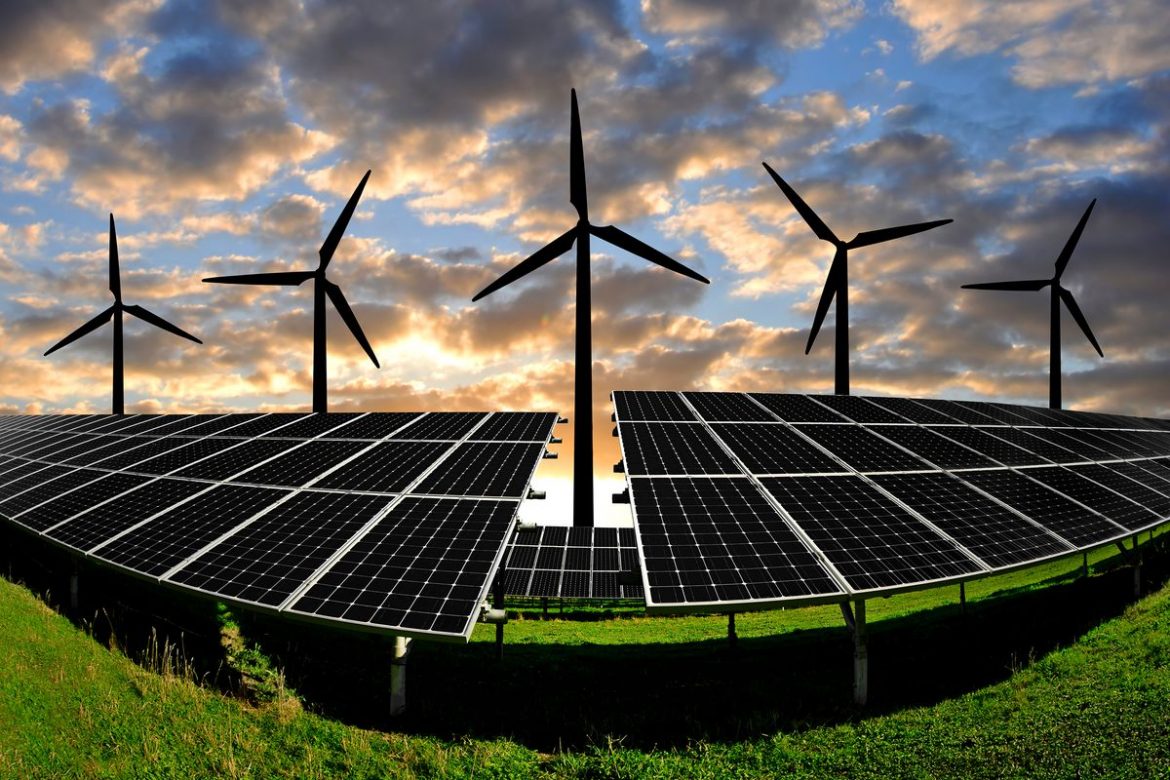The International Energy Agency (IEA) has said that global renewable energy capacity grew by the fastest pace recorded in the last 20 years in 2023, which could put the world within reach of meeting a key climate target by the end of the decade.
According to figures from the IEA, the world’s renewable energy grew by 50% last year to 510 gigawatts (GW) in 2023, the 22nd year in a row that renewable capacity additions set a new record.
The “spectacular” growth offers a “real chance” of global governments meeting a pledge agreed at the Cop28 climate talks in November to triple renewable energy capacity by 2030 to significantly reduce consumption of fossil fuels, the IEA added.
Among other things, the IEA’s latest report found that solar power accounted for three-quarters of the new renewable energy capacity installed worldwide last year. Most of the world’s new solar power was built in China, which installed more solar power last year than the entire world commissioned the year before, despite cutting subsidies in 2020 and 2021.
The IEA said that record rates of growth across Europe, the US and Brazil have put renewables on track to overtake coal as the largest source of global electricity generation by early 2025. By 2028, it forecasts renewable energy sources will account for more than 42% of global electricity generation.
Read also: Scientists outline bold solution to climate change, others issues
Tripling global renewable energy by the end of the decade to help cut carbon emissions is one of five main climate targets designed to prevent runaway global heating, alongside doubling energy efficiency, cutting methane emissions, transitioning away from fossil fuels, and scaling up financing for emerging and developing economies.
Fatih Birol, who is the IEA’s executive director, said: “It’s excellent news to see the historical and spectacular growth of renewable energy.” He added that while the report shows that global renewable capacity is already on course to increase by two-and-a-half times by 2030, it is not yet expected to reach the Cop28 goal of tripling renewables.
“We’re not there, but we’re not a million miles away,” Birol said. “And governments have the tools needed to close the gap.”
Birol downplayed concerns that fast-rising costs facing wind developers in the US and Europe will be a drag on the industry’s long-term growth. The combination of higher interest rates and supply chain costs has forced some developers to cancel big offshore wind projects, and raised concerns over the future of the technology.
Story was adapted from the Guardian.
